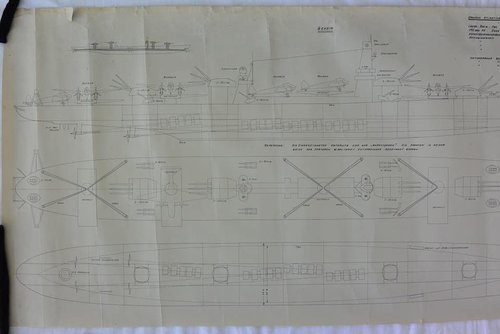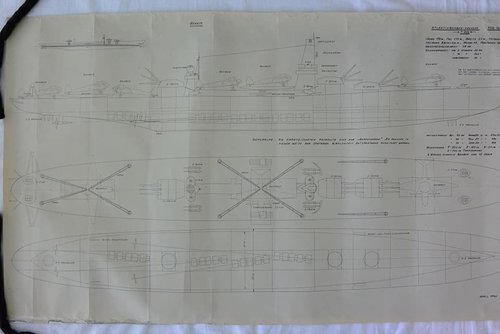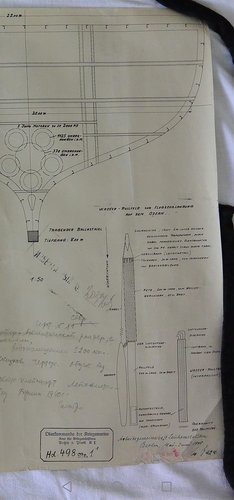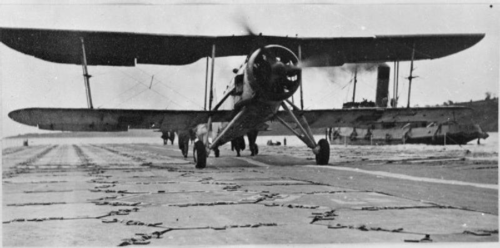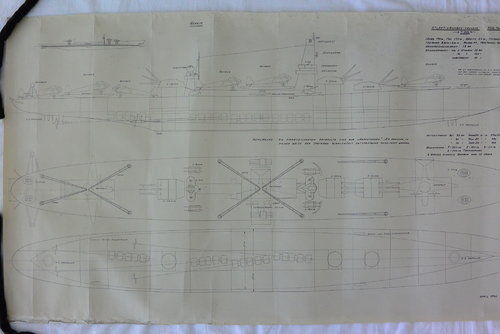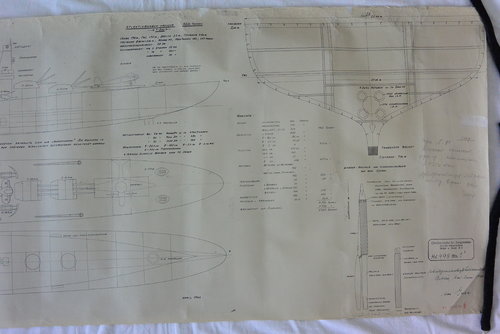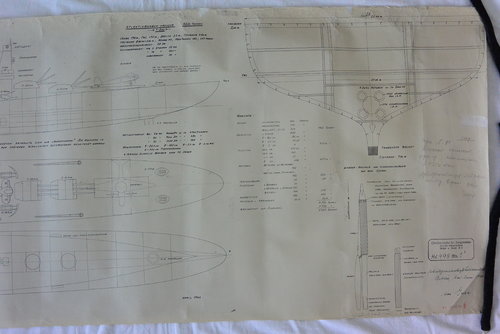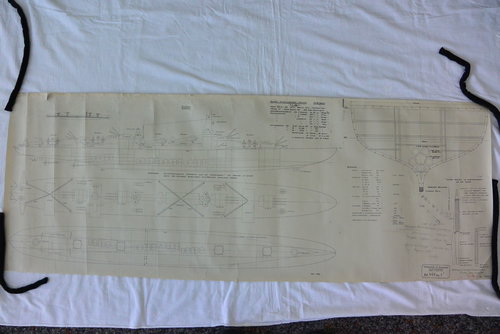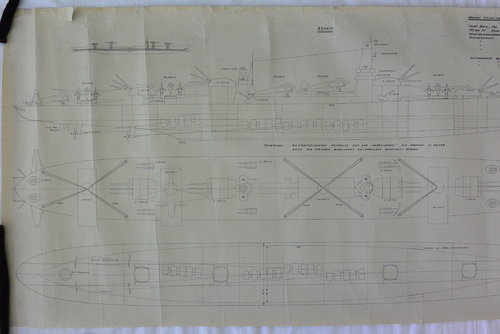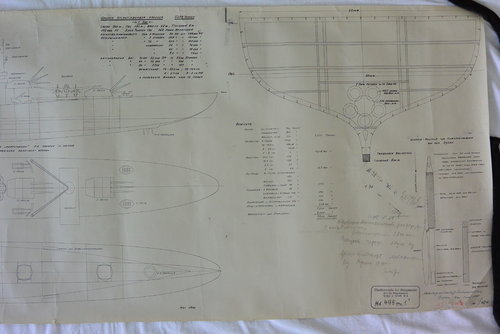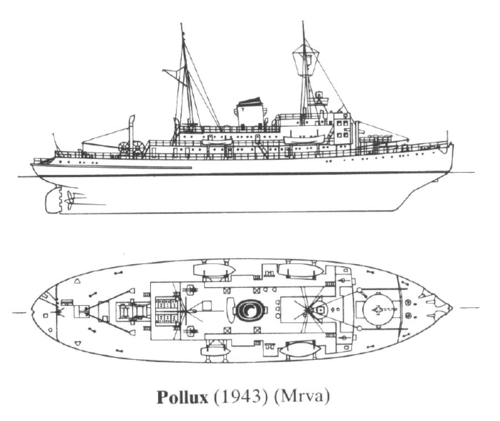- Joined
- 31 May 2006
- Messages
- 657
- Reaction score
- 440
Over on this facebook discussion group
 www.facebook.com
www.facebook.com
Someone named Stefan Bachi has posted the following drawings under the title ATLANTIKBOMBER-KREUZER and GROßER Atlantikbomber-Kreuzer. I find them, erm... surprising, just wondered if anyone knew more about them. They are apparently from the Marine Archive Freiburg.


Log into Facebook
Log into Facebook to start sharing and connecting with your friends, family, and people you know.
 www.facebook.com
www.facebook.com
Someone named Stefan Bachi has posted the following drawings under the title ATLANTIKBOMBER-KREUZER and GROßER Atlantikbomber-Kreuzer. I find them, erm... surprising, just wondered if anyone knew more about them. They are apparently from the Marine Archive Freiburg.
